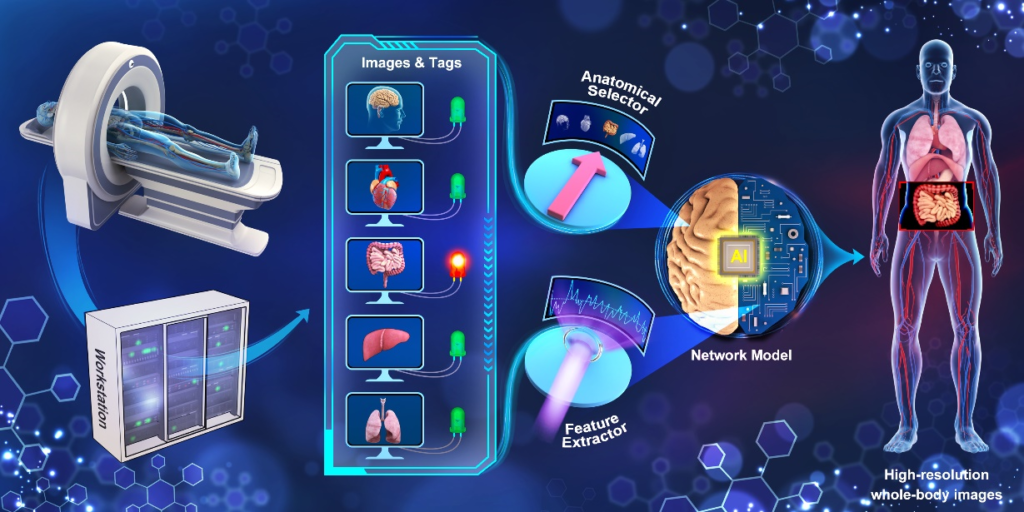
Dose reduction in computed tomography (CT) has gained considerable attention in clinical applications because it decreases radiation risks. However, a lower dose generates noise in low-dose computed tomography (LDCT) images. Previous deep learning (DL)-based works have investigated ways to improve diagnostic performance to address this ill-posed problem. However, most of them disregard the anatomical differences among different human body sites in constructing the mapping function between LDCT images and their high-resolution normal-dose CT (NDCT) counterparts. In this paper, we propose a novel deep convolutional neural network (CNN) denoising approach by introducing information of the anatomical prior. Instead of designing multiple networks for each independent human body anatomical site, a unified network framework is employed to process anatomical information. The anatomical prior is represented as a pattern of weights of the features extracted from the corresponding LDCT image in an anatomical prior fusion module. To promote diversity in the contextual information, a spatial attention fusion mechanism is introduced to capture many local regions of interest in the attention fusion module. Although many network parameters are saved, the experimental results demonstrate that our method, which incorporates anatomical prior information, is effective in denoising LDCT images. Furthermore, the anatomical prior fusion module could be conveniently integrated into other DL-based methods and avails the performance improvement on multiple anatomical data.

